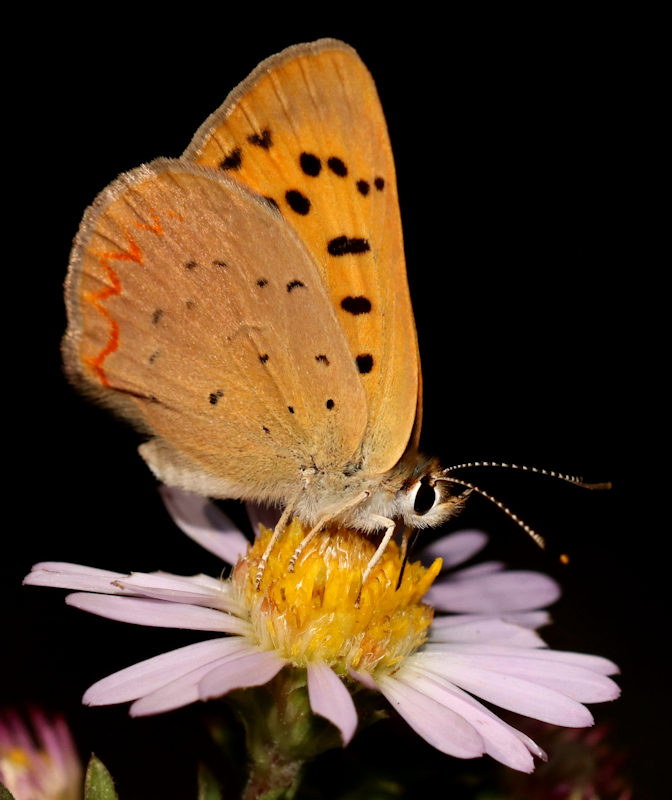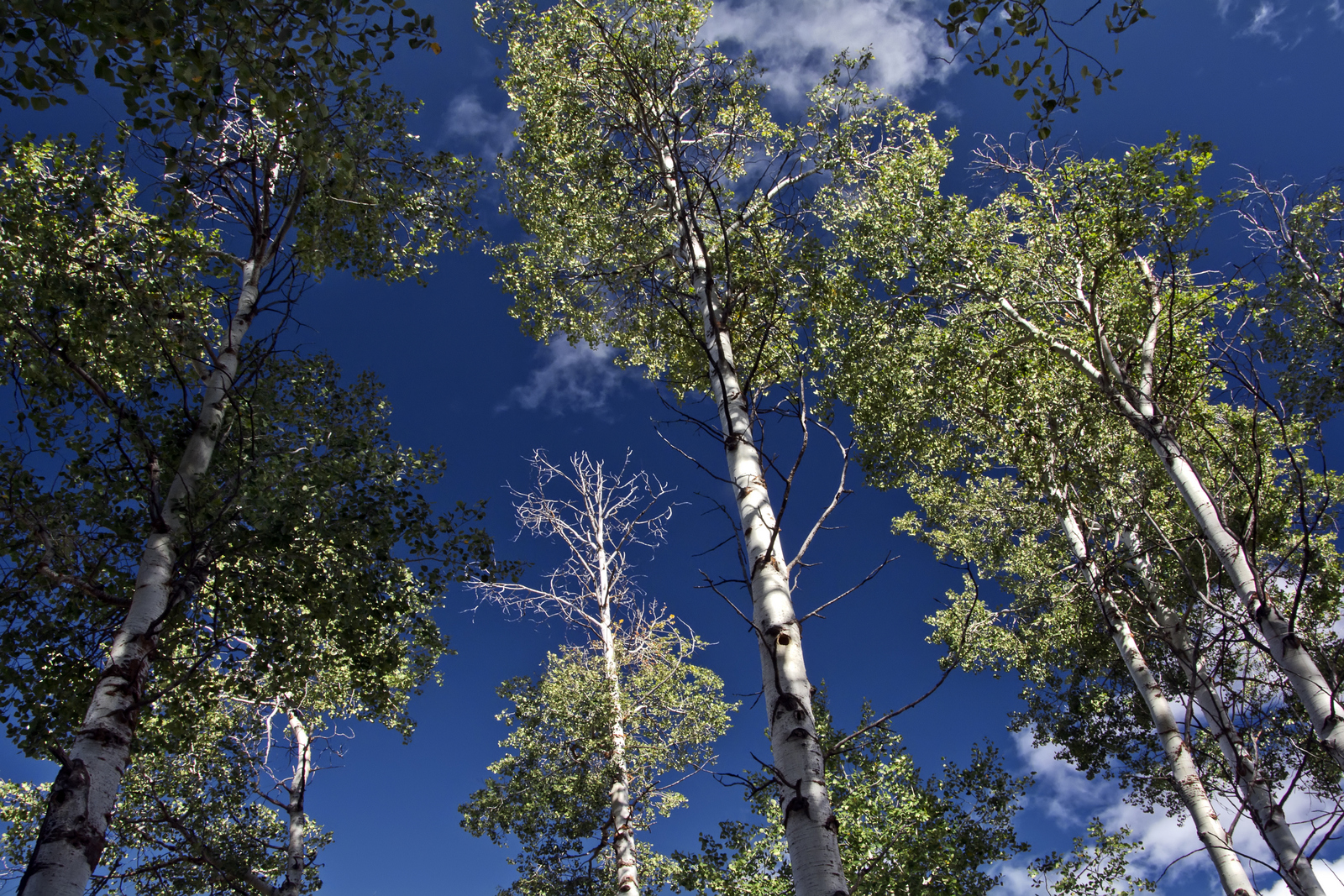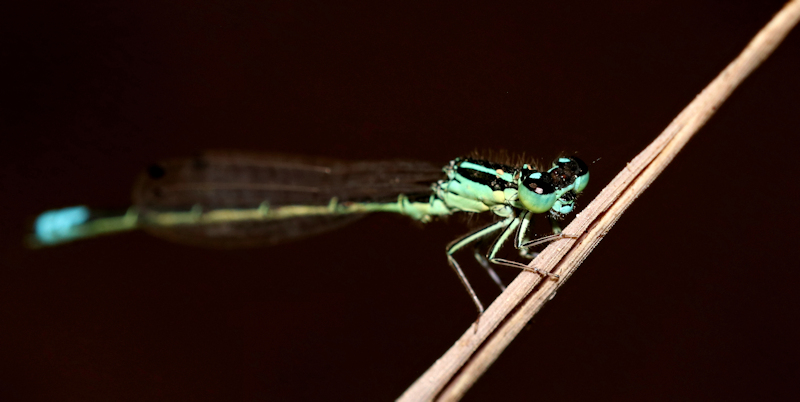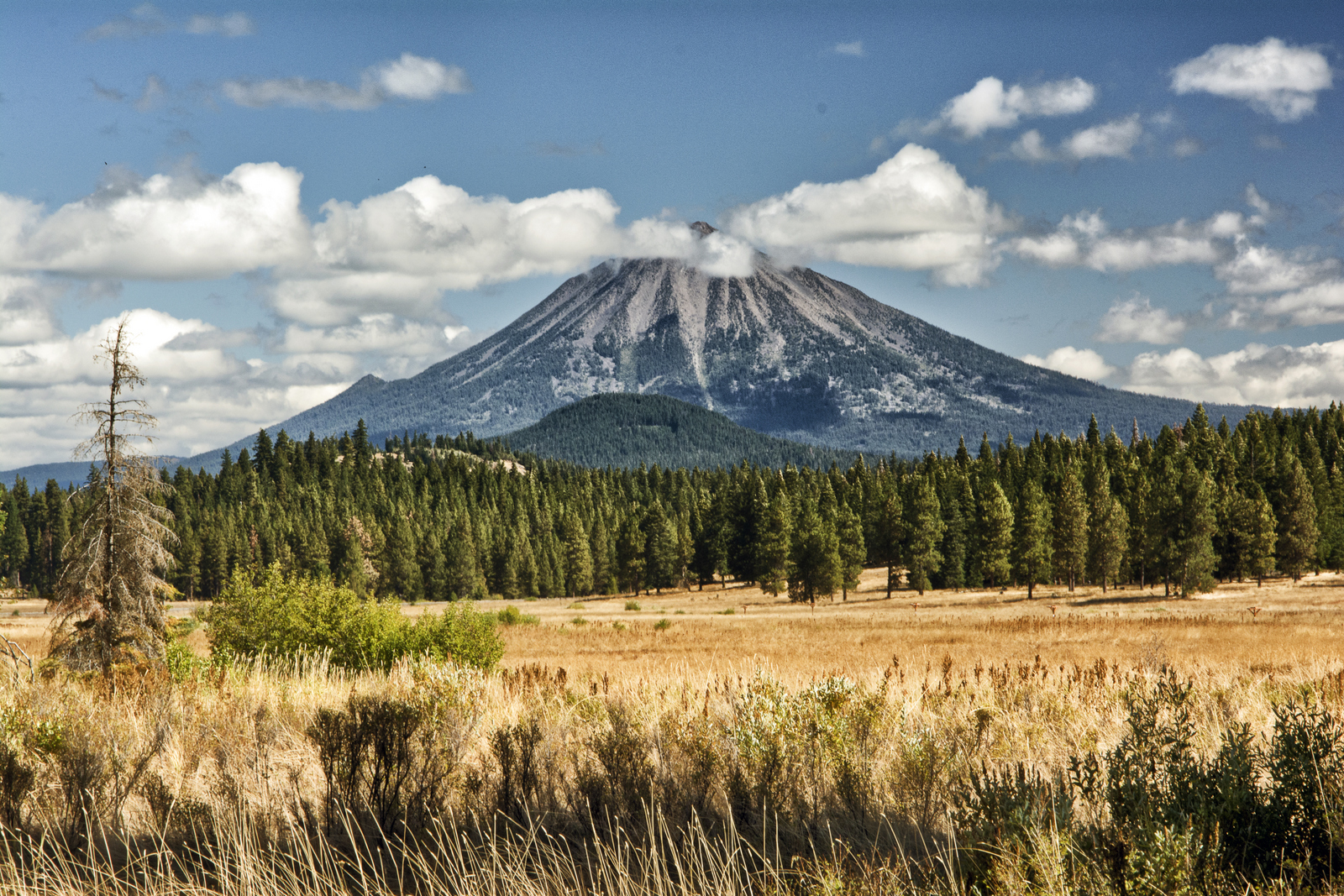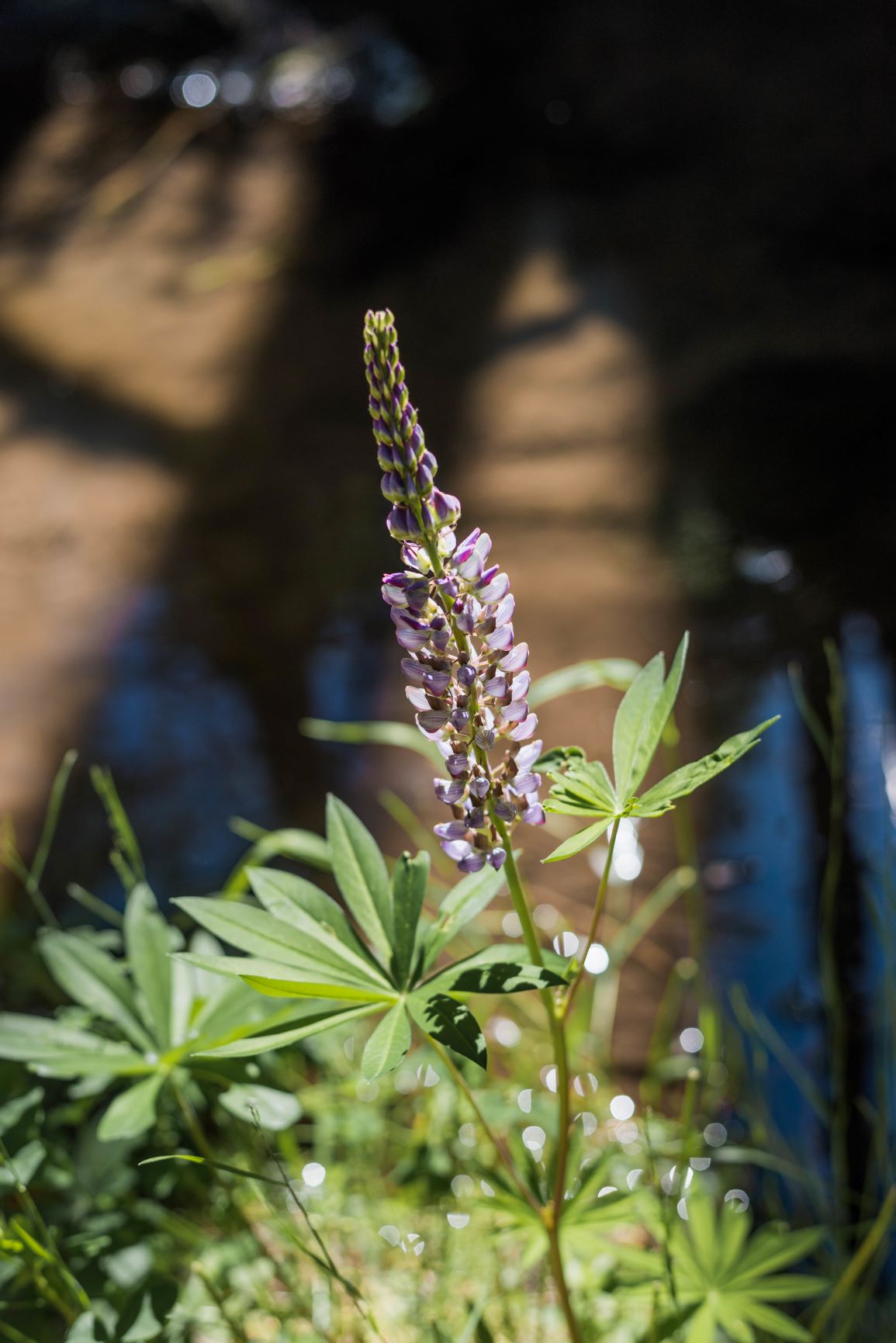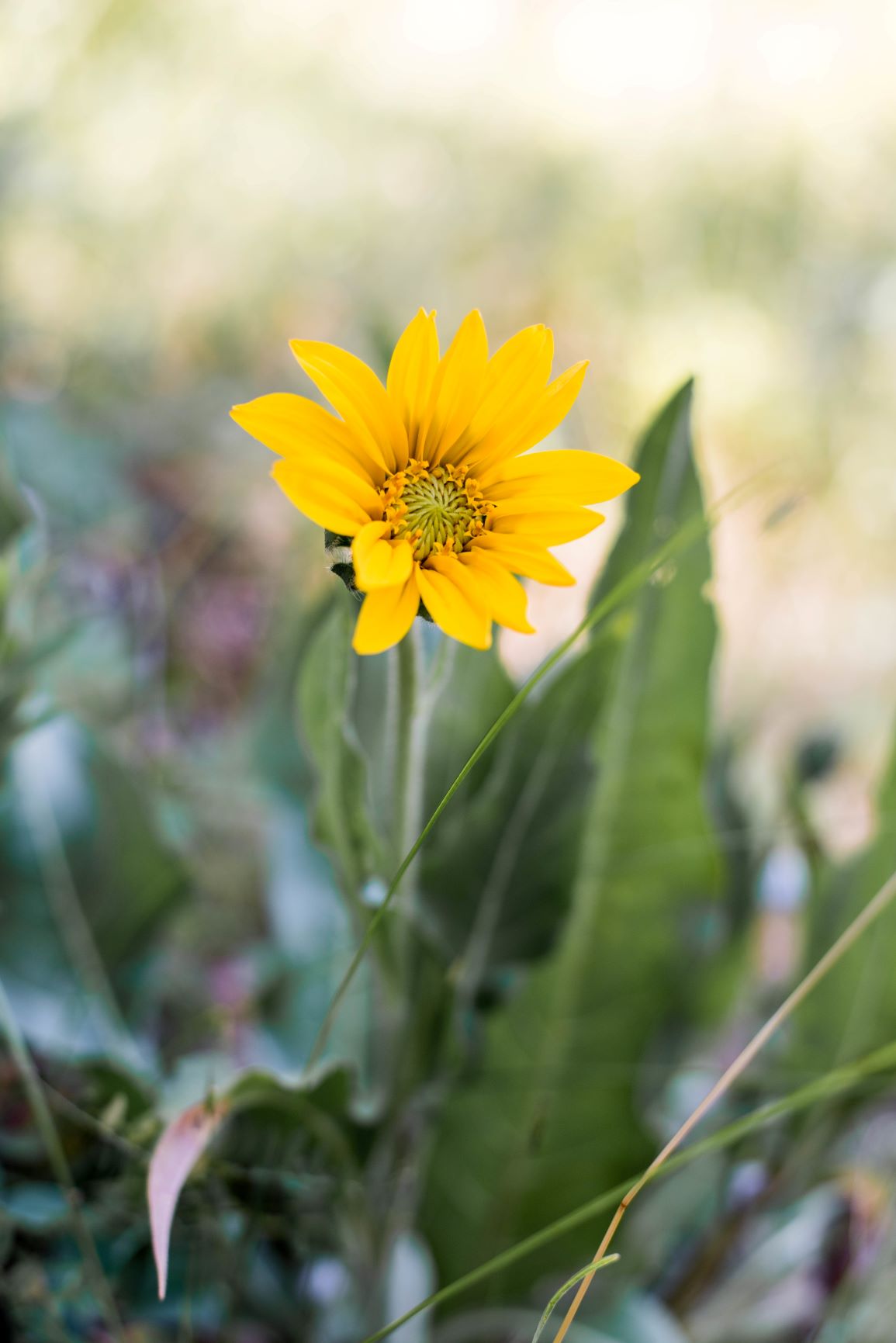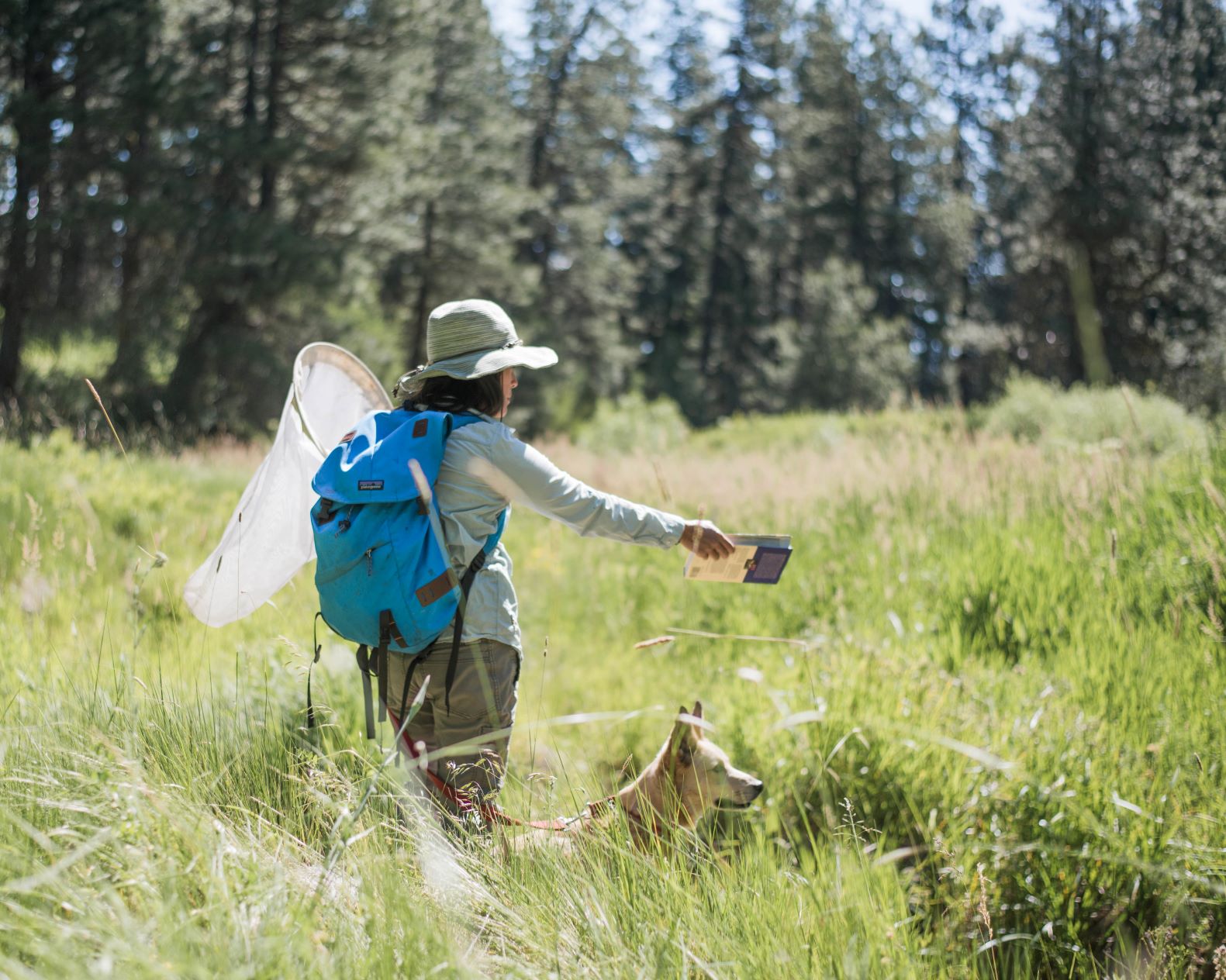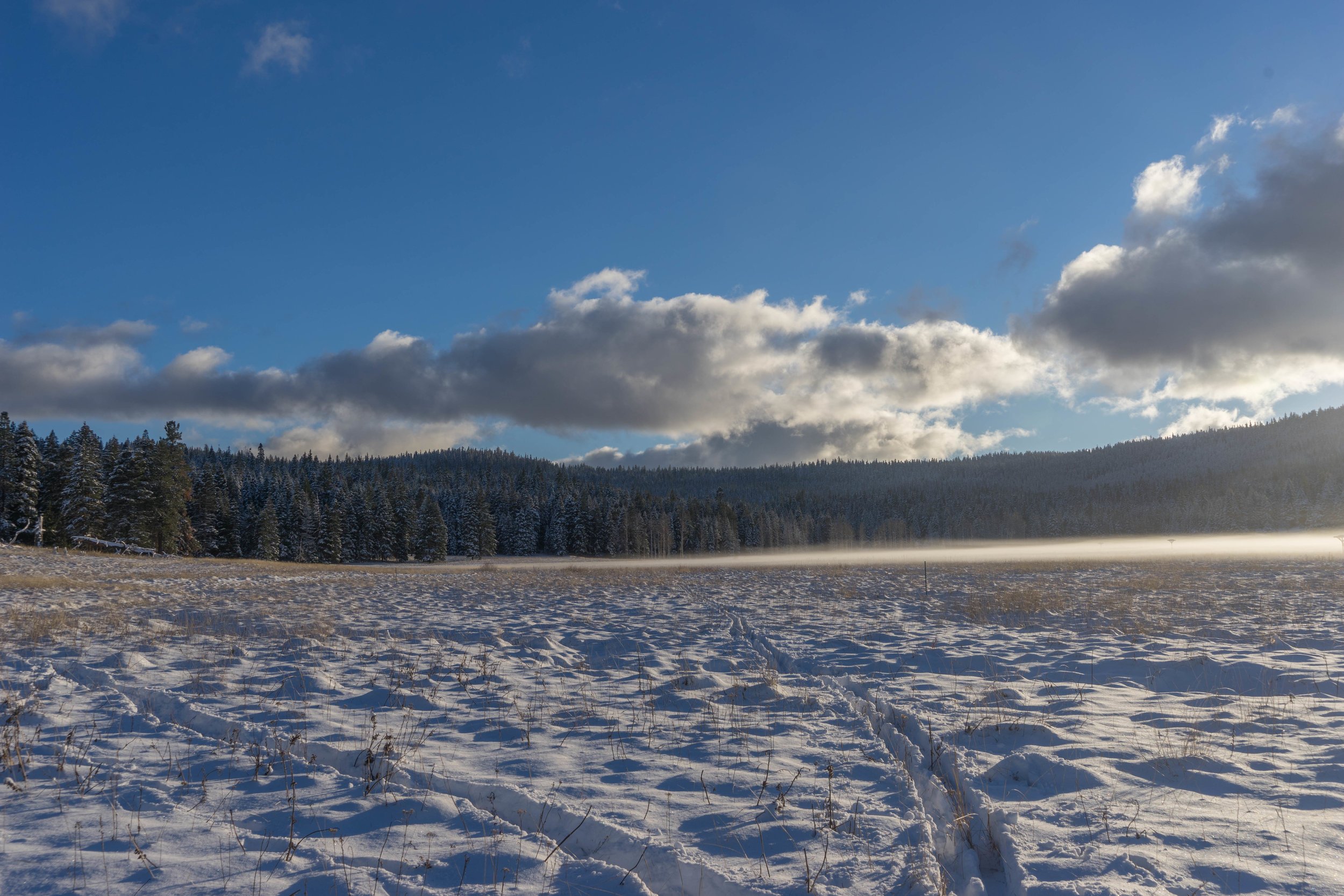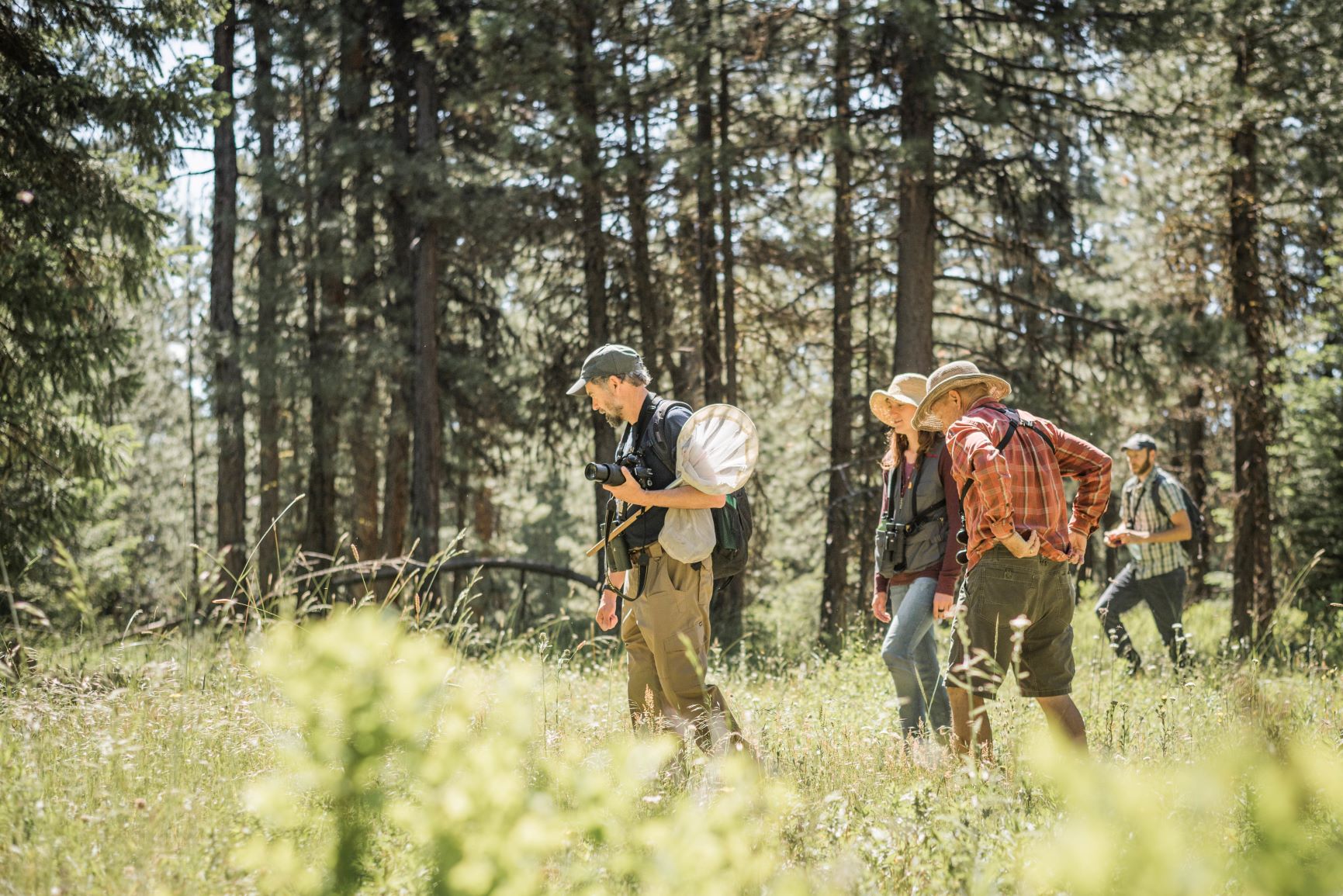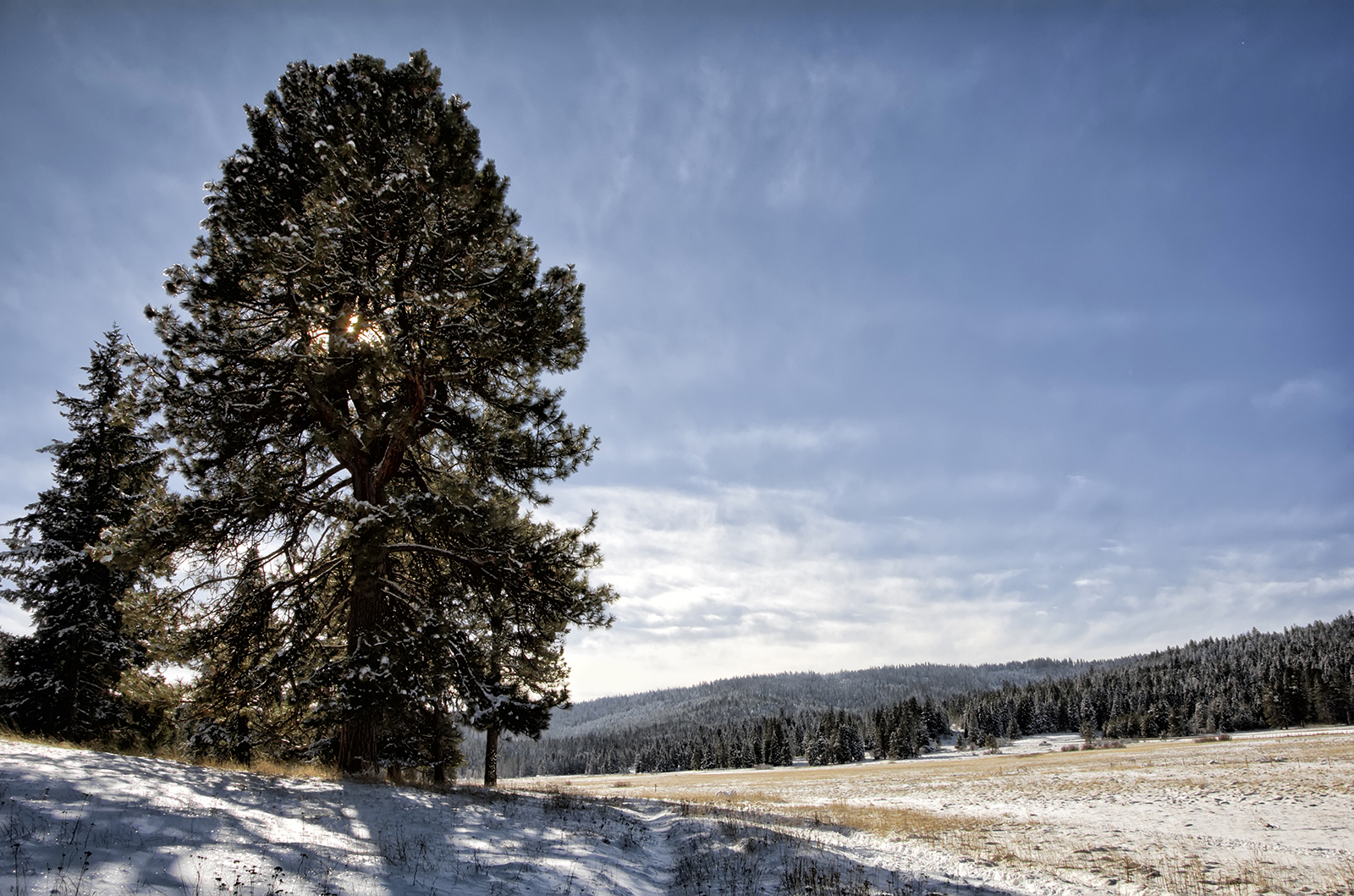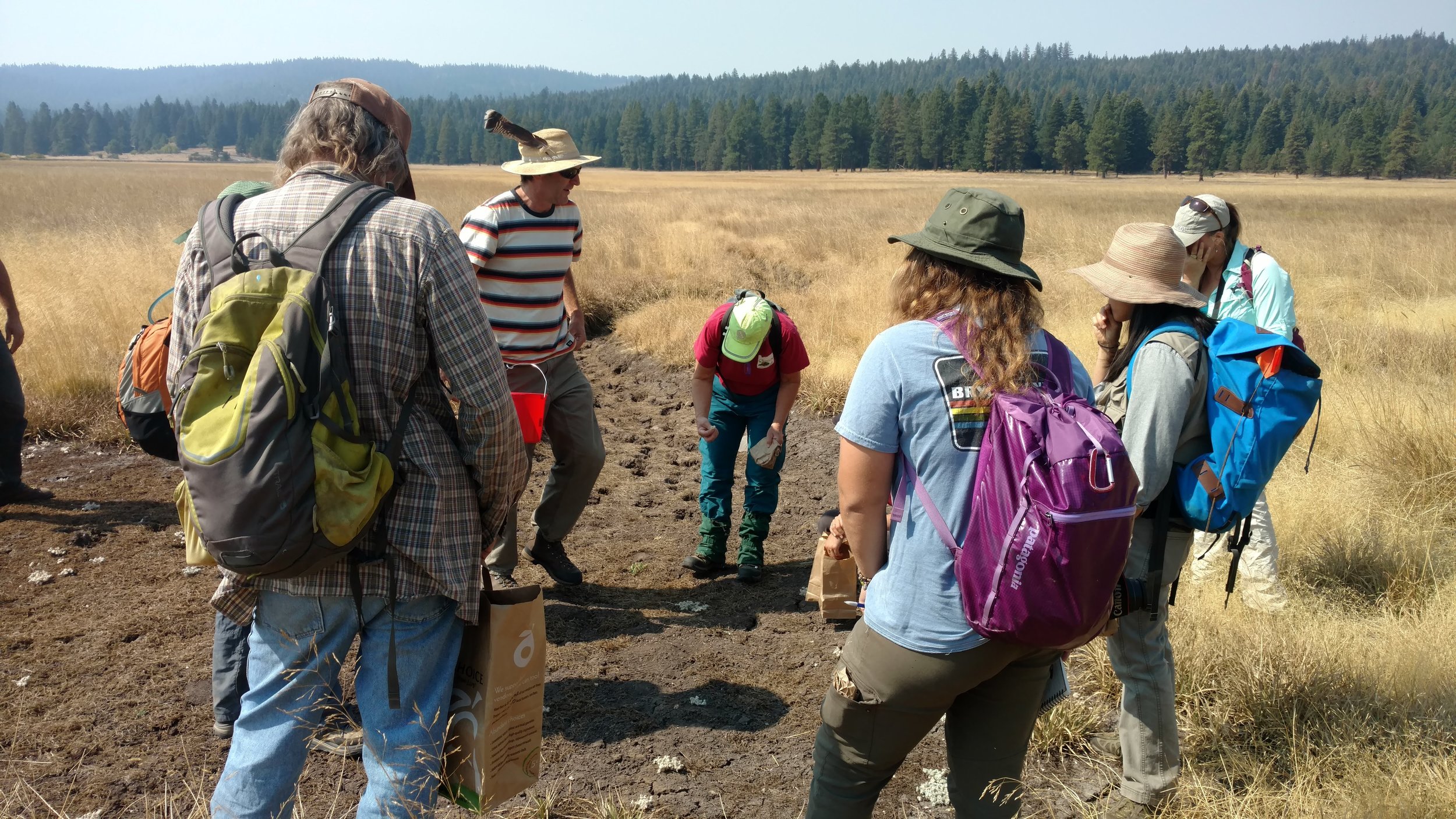This area is the homeland of the Shasta, Takelma, and Latgawa people. They were forcibly removed in the 1850s to the reservations of Grand Ronde and Siletz. It is a responsibility to provide their descendants with resources and access to their ancestral homelands and First Foods. To do our best to undo settler colonial harm is good work.
Read MoreCecilia Green’s summer internship spent conducting Butterfly Surveys and supporting Pollinator Habitat Restoration with Vesper Meadow. Hear about the survey, see the beautiful creatures she saw this summer, and how Vesper Meadow has been a place of healing, beauty, and learning for her.
Read MoreSince the inception of the Vesper Meadow Restoration Preserve and Education Program in 2018, we envisioned our ecological restoration work to be shared to wider audiences through art. Now, 16 artists with over 50 works of art are available in-person at the Gambrel Gallery, and in the online gallery and auction …..
Read MoreThe Rare Plant Monitoring Network of Southwest Oregon is a community science effort to find, monitor, and conserve rare plants throughout southwest Oregon. We collaborate with the US Forest Service and Bureau of Land Management to identify plants of concern, then partner with community volunteers to visit and monitor historic plant populations.
Read MoreThis is the place, the idea, and the story of Vesper Meadow as it unfolds…
A talk hosted by the Jackson County Library System, January 2022.
Read MoreWatch this presentation from our partners at the Klamath Bird Observatory, and the latest research being conducted to monitor the endangered Oregon Vesper Sparrow. Dr. Sarah Rockwell discusses the scope of this multi-year effort, the new MOTUS radio technology being used at the Vesper Meadow Restoration Preserve, and work throughout other nearby meadows.
Read MoreI drove back to Seattle feeling rejuvenated, thinking about why a restoration mindset is useful in urban landscape architecture. It’s unlikely I will ever be restoring a meadow in the city, and yet a meadow in Oregon can affect what we do in Seattle. One of our key roles, as landscape architects, is to influence what people think is beautiful. If people believe that native meadow plants, PALs, and seasonal flooding are beautiful, that is a powerful form of advocacy for ecologically healthy landscapes.
Read MoreDuring the summer 2021, we were honored to participate in the Schneider Museum’s Art Beyond debut. Described as an outdoor art adventure. Watch the video:
Read More“Direct observation, painting in incredible natural places and working spontaneously by feel are what keep me inspired and give my paintings the breath of life. I want to share this inspiration with those who look at my work.”
David joined the Vesper Meadow Artists-in-Partnership during the summer 2021 and found inspiration in the sweeping meadow vistas.
Read MoreDuring July 2021, artist Renee Rhodes spend four days at Vesper Meadow shadowing restoration and education programs, exploring with her camera, and reflecting on the grasses from the ground up! Rhodes takes on a journey through the meadow, and a deep in to a mind connecting with land restoration. Read her thoughts, see her beautiful photos, and an intimate video capture.
Read MoreJune 2021, artist Gabriel Barrera completed a mural on the barn at Vesper Meadow.. “Trillium” reflects the restoration efforts of the Vesper Meadow by depicting native flower species, animals, and people.
Read MoreNance Klehm of Social Ecologies interviews Vesper Meadow Director, Jeanine Moy, for the Spontaneous Vegetation radio show. We’re talking about the ecology of place, the most recent restoration and monitoring efforts, art and Tribal partnerships.
Read MoreA second installment in a quarterly series of blog posts, looking at native food plants: uses, names, history, restoration of, restoration with, inter-species relationships.
Read MoreSignal Fire announces Gabriel Barrera as 2021 Tinderbox Artist in Residence at Vesper Meadow. The artwork created at this residency will be on display at Vesper Meadow as part of the Art Beyond outdoor art festival this summer, organized by Schneider Art Museum. Tinderbox Artists in Residence are embedded in grassroots environmental advocacy organizations.
Read MoreAs Vesper Meadow develops a journey of Tribal partnership, we consider the modern context for Indigenous knowledge, common pitfalls, and what it will take to forge solutions to meet the urgency of current social-ecological crises: courageous, expansive and humbling collaboration.
Read MoreFOR IMMEDIATE RELEASE: Southern Oregon University in partnership with the Confederated Tribes of Siletz Indians of Oregon, Confederated Tribes of Grand Ronde, Vesper Meadow Education Program, and other regional partners have received funding from the Oregon Cultural Trust to initiate the Indigenous Gardens Network.
Read MoreYampah, a beloved native food plant of the Pacific Northwest, is a key species of land restoration, indigenous cultural revival, and volunteer engagement/nature connection.
Read MoreIntroducing a 3-part video series for educators, focused on our namesake species, the Oregon Vesper Sparrow. These videos were produced for students in grades ~3-8, and cover ecology, scientific monitoring, and community science and restoration.
Read MoreThe creek that runs through the Vesper Meadow Restoration Preserve has officially been renamed Latgawa Creek, a vast improvement from the previous, settler-imposed name of “Dead Indian Creek.” This name has been officially replaced with the Oregon Geographic Names board along with the the nearby Dead Indian Soda Springs (now Latgawa Soda Springs) and Dead Indian Mountain (now Latgawa Mountain) in Jackson County, Oregon.
Read MoreBrandon Larabee, has spent a lot of time at Vesper Meadow - supporting volunteer restoration efforts, working with Siletz Tribal youth, and growing his connection with ancestral lands. Here, he provides an interview after his 2020 Summer Fellowship at Vesper Meadow:
Read More
